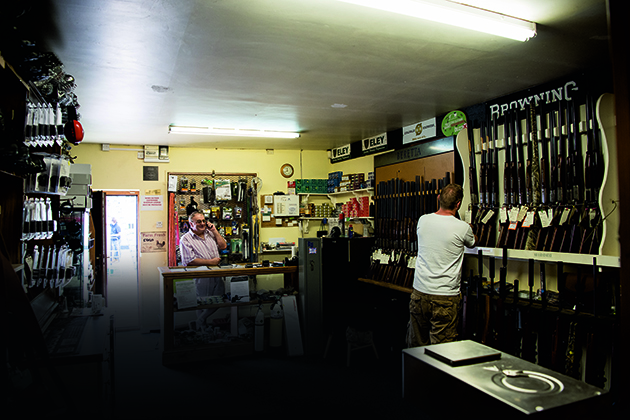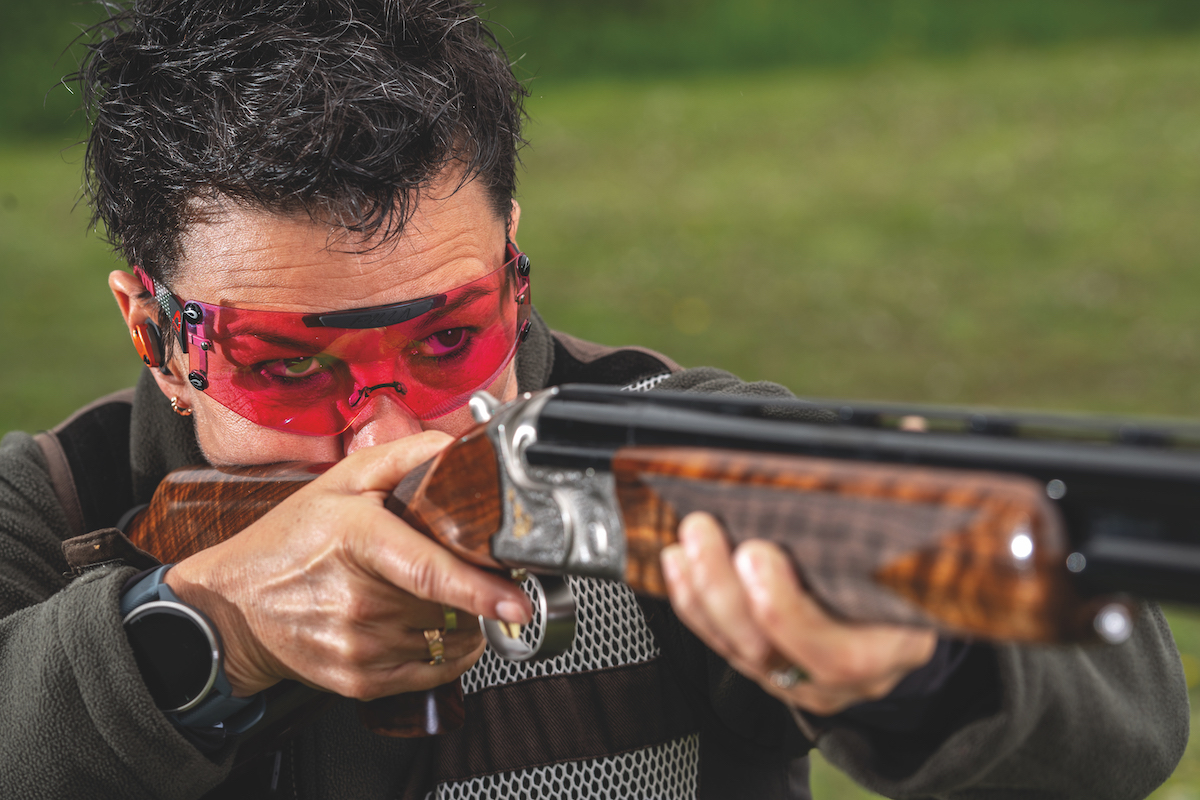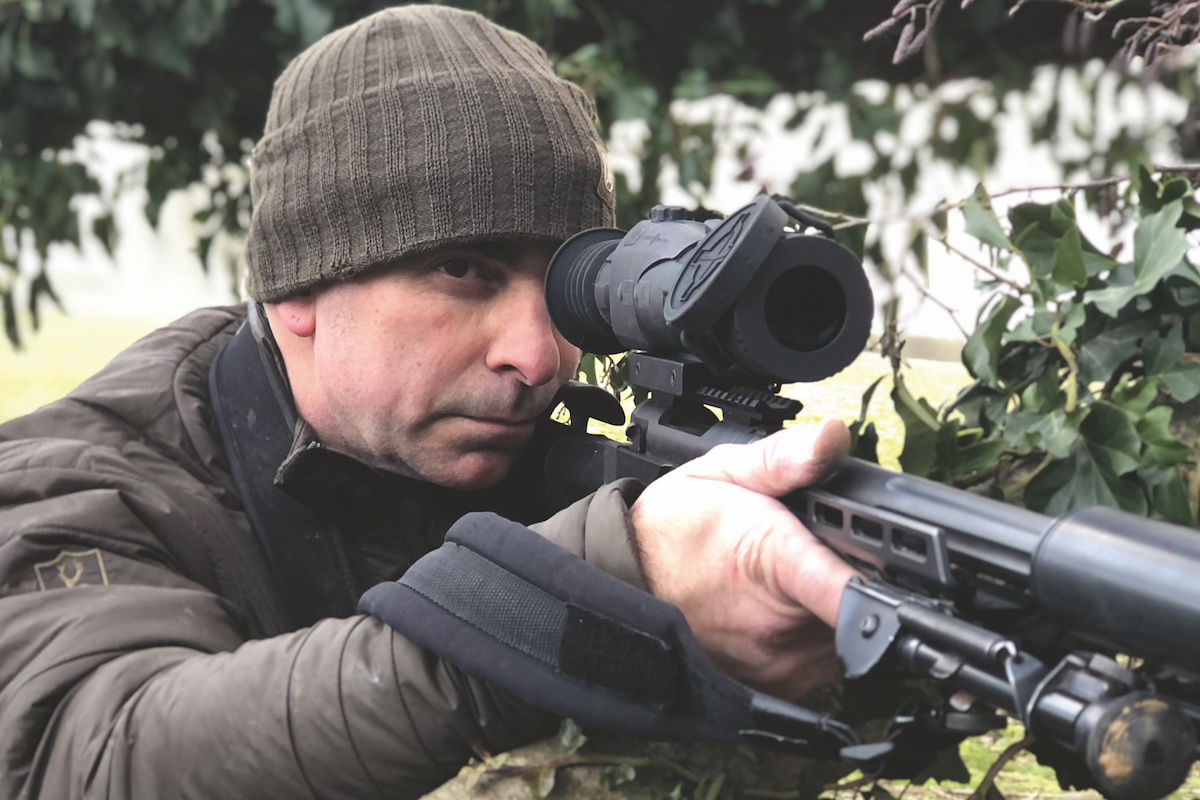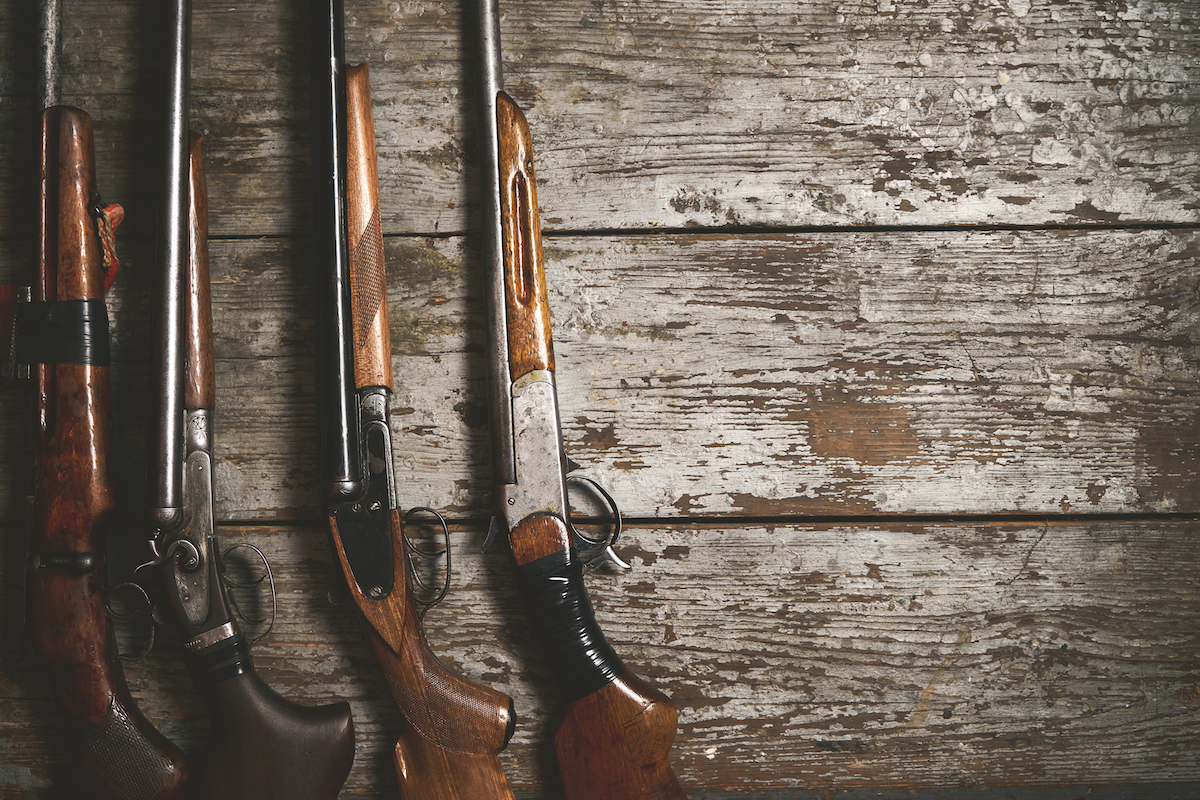How to pick the right gun for you
Tony Bracci looks at some things to consider when choosing a gun, be it new or second-hand, expensive or cheap

Whether you’re looking to buy a brand new gun or second-hand, what should you be considering? Visiting any gunshop you are faced with racks and racks of guns, so how do you pick the right gun for you? The one that is going to enable you to shoot to the best of your potential?
Pick the right gun for price
Price is obviously a common consideration; most people have a budget. It would, of course, be lovely to have your own private collection of shotguns, buying the latest model from a top maker that only a few of us can afford it. I would also like to say that money spent on good-quality guns is not ‘dead’ money. Unlike money spent on other sports equipment or cars, for example, shotguns generally retain their value, especially those from the well-known makers that have been looked after.
When upgrading, I have sold guns I bought in the 1980s and ’90s for more than I paid for them. It is not guaranteed, but worth considering when you’re parting with your hard-earned cash. We all want a bargain, a lot of gun for our money, a gun that gets us the respect of our friends and fellow shooters, without breaking the bank. So, buy within your budget and don’t waste your time looking at £10,000 guns if you can only afford one for £1,000 or less.
Fit
Now you have your budget, the next important consideration is gun fit. There is no point having an expensive gun, or a great bargain, if it makes you shoot poorly because it doesn’t fit you. I would rather have a cheap gun that fits than an expensive one that doesn’t. This is why when buying a gun from one of the more expensive ranges it could necessitate a trip to the factory for a fitting. This could also involve modifications of a host of other options, such as barrel weight, fore-end shape and chequering patterns.
This is not an option for most of us, so when faced with the numerous racks in the gun shop how do we know which gun fits us? If you have a gun that you shoot well with, you could have it measured and look for something with similar dimensions. If it’s your first gun, or you’re not happy with your current gun, ask yourself what you are looking for. Over the years I have seen hundreds of people putting the butt of the gun in the crook of their arm at the elbow joint and seeing if they can reach the trigger as a guide to a gun’s suitability.
Normal stance
As well as trying to stop people doing this, I would like to offer a more suitable way of gauging if a gun fits you. Take the gun off the shelf, open and check it is empty and safe, move to a suitable place in the shop, get into your normal shooting stance and mount the gun with your eyes closed. This mount should be to your cheek and without adjustment.
Once you have mounted the gun, open your eyes. If your lead eye (right eye for the right-handed) is looking anywhere other than straight down the rib, it’s not right. If your eye is looking straight down the rib and your head isn’t too close or too far back on the stock, it may be a good fit. Try this a number of times to see if you can mount to the same good position consistently. This should give you a feel for the balance of the gun and whether it will work for you.
Steel shot
There is a lot of talk about steel shot and the phasing out of lead shot and single-use plastics within five years. This does not mean we all have to go out and buy a new gun to future-proof ourselves. You wouldn’t think of buying a gun that isn’t nitro-proofed, and all standard nitro-proofed guns can shoot standard steel shot cartridges, which will be suitable for most game-shooting situations. There will be high performance and superior steel cartridges available, which will require a fleur-de-lys mark on the barrels to show that the gun can withstand the higher pressures produced (around 1350bar).
If your gun has 2½in chambers you could use tungsten or bismuth cartridges or, if possible, have the chambers extended to 2¾in (this will require a reproof). Seek the advice of a gunsmith, who will know whether a reproof would be possible based on the thickness of the barrel walls.
If your gun has fixed chokes; and they are tighter than half/modified, they may need opening up to be suitable to shoot steel (half/modified being equivalent to full choke for steel). All this is a small price and effort to keep using a gun you shoot well with or is a family heirloom.
Side-by-side or over-and-under
Side-by-side versus over-and-under for game shooting is a possible dilemma. The lighter side-by-side is great for walked-up and driven shooting, although if you prefer bigger game shells the heavier over-and-under will help soak up recoil. It is impossible to say which is better for game shooting as the quality of both varies considerably from top to bottom of the range.
Game shooting was once dominated by side-by-sides. But times have changed and so has our gameshooting. An Edwardian gentleman might think you were mad if you said you were off to shoot pheasants from the deepest Devon valleys.
I would say now that over-and-unders are not just for the clay ground but the field, too. This is evident as I travel around the country with clients on game shoots; it’s a little bit sad, but I’m seeing fewer side-by-sides. Both are capable of doing the job, it’s down to you to pick the right gun for you.









